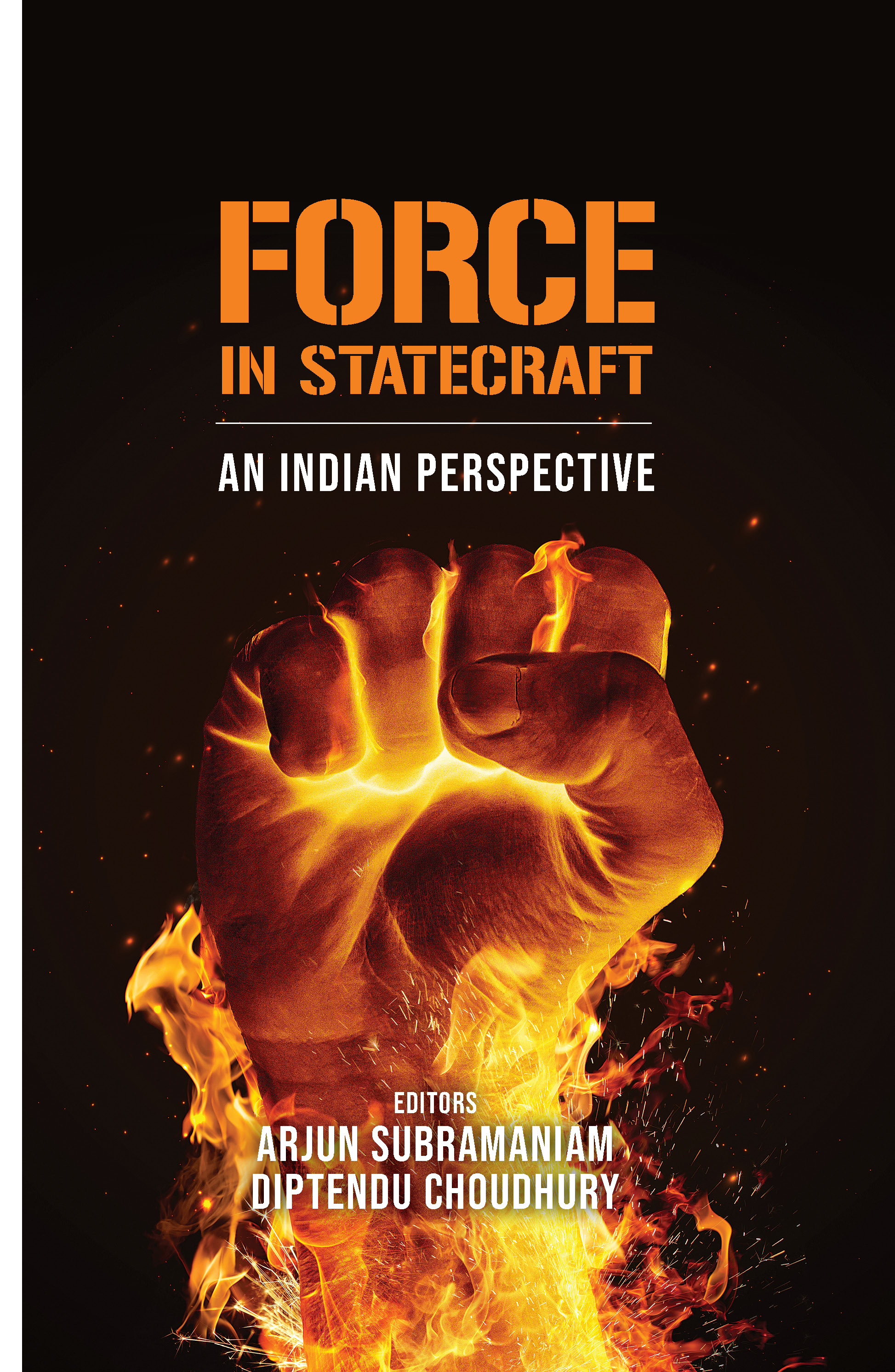Since national security impacts every citizen in India, there is a growing need for a more sophisticated, broad-based and nuanced understanding of the instrument of force in statecraft. Largely confined to the strategic elite and practitioners thus far, a wider national security discourse could generate better ideas to proliferate and morph into better policies, strategies and doctrines. This academic endeavour, the first of its kind from India’s National Defence College, seeks to tap the vast operational experience of all the contributors and offers a basic understanding of several important cornerstones of force and war fighting; how they can best be employed in current and future scenarios; and how best they can be synergised for effect. It is a go-to book for policy makers, legislators, diplomats, academics, leadership at various levels in the various national security verticals including the military, media and the curious reader even as India grapples with new and emerging security challenges in a volatile global geopolitical landscape..
Editors Arjun Subramaniam • Diptendu Choudhury
Air Vice Marshal (Dr) Arjun Subramaniam is the President’s Chair of Excellence in National Security Affairs at National Defence College, New Delhi. A retired fighter pilot, military historian and strategic commentator, he is the author of five books, including India’s Wars: A Military History: 1947-1971 and its newly-released sequel in two versions titledFull Spectrum: India’s Wars 1972-2020 and A Military History of India Since 1972.
Air Marshal Diptendu Choudhury is the Commandant of the National Defence College, New Delhi, and an alumnus of the Royal College of Defence Studies, UK. A highly experienced and accomplished fighter pilot with vast experience in Air Power at strategic, operational and tactical levels. He is a prolific writer on air power strategy and international security having published chapters in edited volumes and articles in several professional and academic journals.
Contents
Preface
CHAPTER 1: Painting the Landscape
Arjun Subramaniam
CHAPTER 2: Limited War
Prakash Menon
CHAPTER 3: Evolution of India’s Counter-Insurgency Doctrine
J.R. Mukherjee
CHAPTER 4: Changing Contours of Conflict in India’s North Eastand J&K
D.S. Hooda
CHAPTER 5: Left Wing Extremism and Urban Terrorism
K.C. Verma
CHAPTER 6: Manoeuvre Warfare: The Past-Present-Future
Praveen Bakshi
CHAPTER 7: Pushing the Limits of Endurance: High Altitude Warfare
Rakesh Sharma
CHAPTER 8: Firepower
P.R. Shankar
CHAPTER 9: India’s Rise: The Imperative of Seapower
Anil Chopra
CHAPTER 10: India’s Aircraft Carrier Dilemma
Arun Prakash
CHAPTER 11: The Future of Undersea Warfare in the 21st Century
P Ashokan
CHAPTER 12: The Enduring Relevance of Offensive Airpower
Diptendu Choudhury
CHAPTER 13: Air Transport Operations: Critical Responders and Vital Enablers
RajeevSachdeva
CHAPTER 14: The Indian Rotary Wing: Legacy and Prospects
Rajesh Isser
CHAPTER 15: Employment of Special Forces inFuture Conflict Scenarios
PrakashKatoch
CHAPTER 16: Synergy in Higher DefenceOrganisation
ArupRaha
CHAPTER 17: Lessons in Jointness from the Andaman and Nicobar Command Experience
Sudhir Pillai
CHAPTER 18: India’s Nuclear Posture
Balraj Singh Nagal
CHAPTER 19: Understanding China for the Strategic Practitioner
S.L. Narasimhan
Editors
Distinguished Contributors
Index


 Political Science
Political Science
